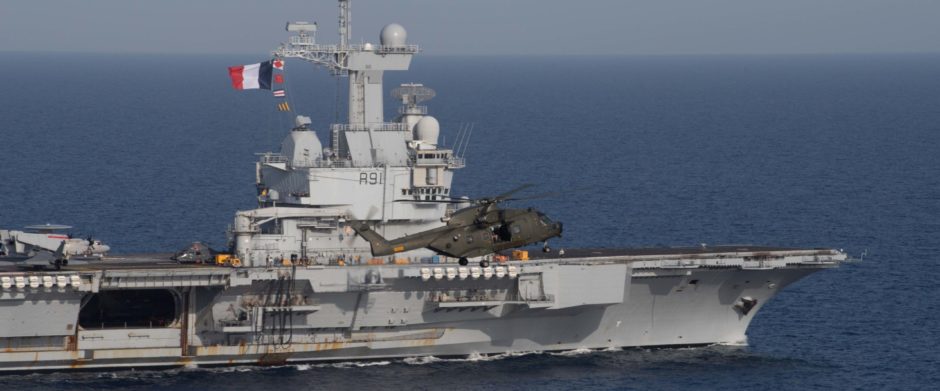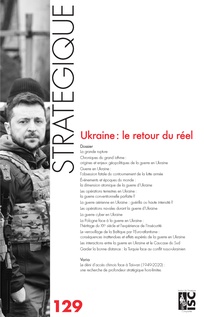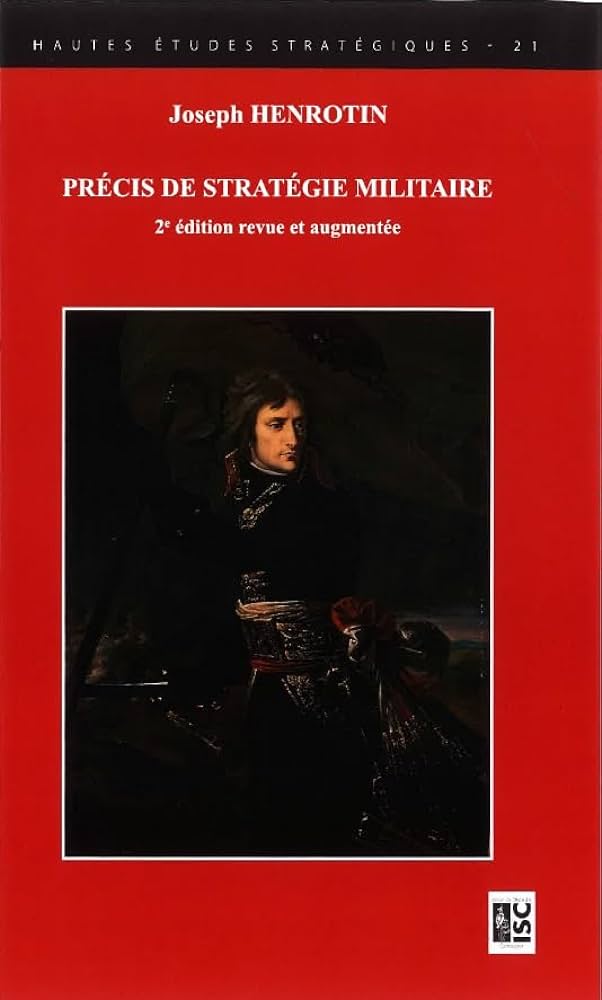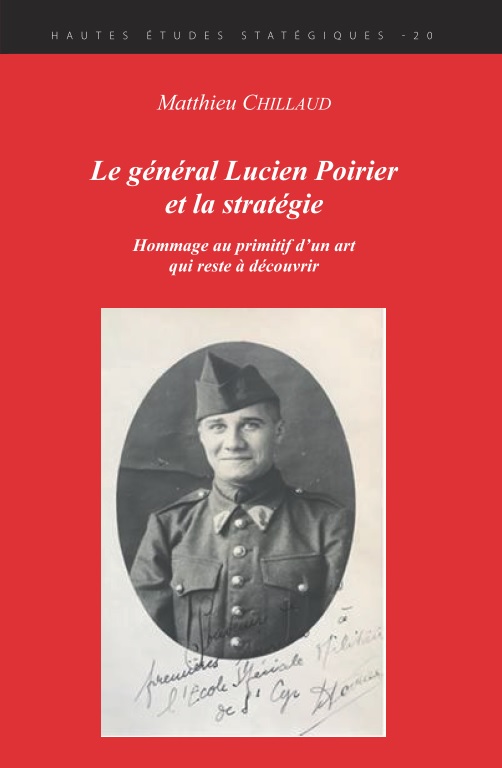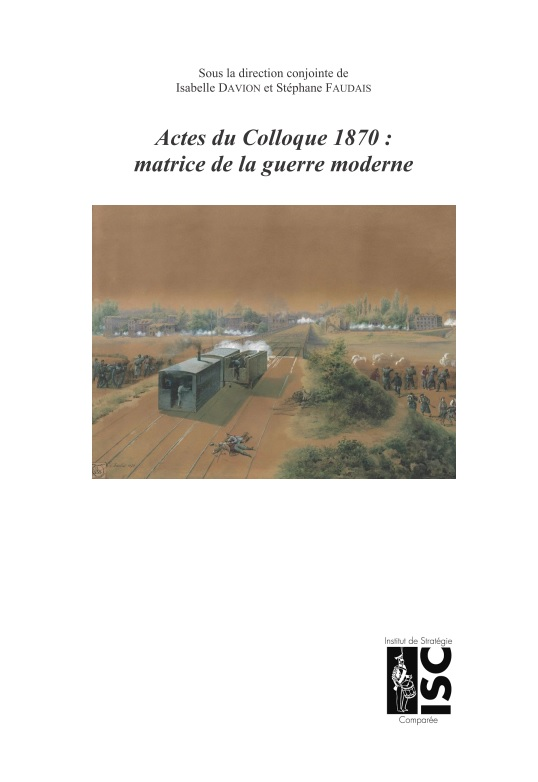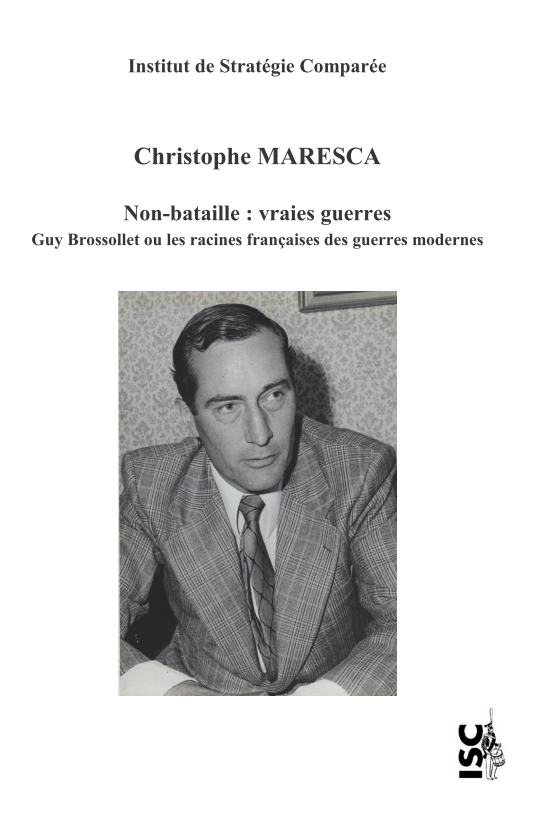The Lafayette Escadrille Memorial dedication ceremony on July 4, 1928, drew 10,000 spectators; an additional 10,000 visitors came the following month. 1 By July 1929, the Memorial was averaging over 3,600 a month. 2 As a matter of record, the Lafayette Escadrille official tally of visitors for its first year of existence was as follows:
1928
September: 6,112
October: 3,252
November: 2,280
December: 2,013
1929
January: 1,207
February: 817
March: 3,757
April: 4,320
May: 5,328
June: 5,383
July: 5,242
Total: 39,711 3
These numbers are very respectable and represent a steady flow of visitors the first twelve months of the Memorial’s existence. However, in the later years the number of visitors had dropped precipitously. Other than the occasional Memorial Day ceremony or other official occasion, the Memorial is neglected. “One bugler and three other people,” were the head counts, said one of the Foundation Members of the Lafayette Escadrille. 4 The Lafayette Memorial Foundation reported that the number of visitors have dropped to less than three hundred a year, to include all ceremonies and tattoos. The analogy of the forgotten Memorial once again comes to mind.
* * *
Of the Lafayette Escadrille, Paul Rockwell once wrote,
“No novel of war or of exotic adventure can compare in interest with the plain, true story of the little group of American citizens who volunteered to fight for France in the early days of the World War. Fiction writers have imagined nothing more thrilling and more splendidly heroic than the deeds of some of these men, nor can picture anything greater or more stirring than moments that came to them; words cannot describe fatigue and hardships, and suffering more bitter than they at times knew.” 5
The story of the Lafayette Aviators is an amazing one, but has their glory faded? As one historian lamented, “Their fame slowly vanished and one of the greatest American stories of dedication to liberty and moral courage has been buried in obscurity.” 6
It is evident that the Lafayette men experienced a measure of fame and recognition immediately after the war, as evidenced by the number of visitors to the Memorial in 1928. But what led to their fame vanishing and their story becoming obscure? It turns out the Lafayette aviators were in a large part responsible for not protecting their own legacy.
After the War
The disillusionment and despair that post World War I Europe and the world would suffer created a backlash of all things associated with war; this permeated societies and cultures between the two great wars. People wanted to forget the horror of the trenches and the millions lost.
There were no mechanisms in place to support the retuning soldiers as exist today. The notion of “post-traumatic syndrome” did not exist, and soldiers were just expected to pick up from where they had left off. There were no support groups, no veteran’s administrations, no way for these men to come back and live normal lives in the community. For men who had fought and flown for four long years, the return to a normal life was something difficult to grasp. For the men of the Lafayette Escadrille, there was nothing to return to in America. “How could one patrol day after day over the hellish inferno of Verdun or the Somme and then return untouched by that experience? It would permeate, taint, and penetrate one’s life and dreams to the end,” a survivor of the Escadrille once said. 7 Many aviators correctly believed the air industry would bloom, and that perhaps their future lay in aviation. But there were thousands of pilots, and the jobs did not exist. “Stay there! Don’t come back! There’s nothing here, at least you have a job!” was one pilot’s advice to his comrades still stationed in post war France. 8 However, the men could not stay in the service; like all countries, the great U. S. mobilization was over, and the great armies would be stood down.
If the legacy of the squadron of the Lafayette Escadrille was to live up to the image that the survivors wanted, it was going to be largely up to them to foster and preserve it. However, the survivors of the Lafayette Escadrille, many mired in a post-war funk, failed in this endeavor, mostly through a lack of effort and coordination. Also, when the unit had been disbanded and its members shuffled to other units, only a few went on to the 103rd Aero Pursuit Squadron. The lack of cohesion of Escadrille members, stemming from the breakup of the squadron in February 1918, proved costly to the Lafayette Escadrille. The broken contacts between men continued long after the war. The men briefly united in 1928 for the Memorial dedication, but this reunification did not provide the impetus needed, mostly due to the acrimony and hard feelings involved with Lafayette Escadrille and Layette Flying Corps differences. It was not until many years later that the survivors of the Lafayette Escadrille reunited, their number less than ten. But the effort was too little and too late, led by men that were not long for this earth.
“The Ringers”
Lacking cohesion and spirit between the wars, members did little to bolster their reputation or history. Except for L’Association du Memorial de l’Escadrille Lafayette founded in 1923, and the subsequent Lafayette Memorial Foundation founded in 1930, no associations, organizations, or groups existed to protect or unite the Lafayette Escadrille men after the war.
Despite the lack of cohesion, the members of the Lafayette Escadrille and the Lafayette Flying Corps looked on in derision, bewilderment, and disgust as a growing list of “ringers,” or poseurs, claimed membership in the Lafayette Escadrille. This list of men pretending as if they had served with the Lafayette Escadrille grew to number of 4,000 people — a one hundred-fold increase over the original Escadrille membership numbers. 9
Some of the problem stemmed from the confusion of the differences between the Lafayette Escadrille and the Lafayette Flying Corps. Some equated anyone as having served in the flying war as being a member. Some of this confusion was understandable since the men of the Lafayette Escadrille and Flying Corps themselves were not exactly sure who fit in their ranks, as witnessed by the problems of the honor roll for the Memorial. What was not excusable was the longer list of congressmen, artists, authors, hobos, con artists, flim-flam men, and those from all walks of life who had no business claiming to be members of the great Escadrille. Even the renown author William Faulkner at times claimed membership in the unit, saying that he had flown for the famous unit, when in reality he had joined the Canadian Air Force and never left Canada. 10
Some of the ringers were harmless; others caused great harm. One man claimed to be none other than Andrew Courtney Campbell, back from the dead. The real Campbell had been shot down and died behind enemy lines, so his body was never recovered. This ringer used this bit of knowledge to successfully run a scam; he claimed that he was shot down and taken prisoner by the Germans; however, due to his injuries he had suffered amnesia. He was released by the Germans and wandered around Europe before finally realizing who he really was. He used this scam for financial gain, and was even to be married to a woman of good family when his whole scheme came undone. Members of the Lafayette Escadrille, led by Paul Rockwell, hunted this fraud down and exposed him. Part of the testimony used against him was by the very German who had shot down Campbell during the war. The German officer followed Campbell’s plane down and verified who the pilot was he had killed, a not uncommon practice. 11
Another man under indictment for a variety of crimes, claimed, as a defense in a court of law, that he was a member of the famed Lafayette Escadrille. He stated that his war record was impeccable, that he had been wounded, and that he was the infamous pilot who had flown through the Arc de Triomphe in 1919. The court, without verifying the claims, believed him and took it on good faith that no one would lie about such a thing. The man was acquitted of 28 of the 29 counts leveled against him. He was not exposed until late after his trial. 12
Paul Rockwell, Charles Dolan, Harold Willis, and Edwin Parsons did their best through the years to expose the charlatans as they came out, but it was a frustrating and difficult endeavor. The biggest problem was that their actions were reactive, and by the time the fraud had been exposed, usually the damage to the name of the Lafayette Escadrille had already been done. Undoubtedly, the proliferation of ringers and poseurs caused the name of the Lafayette Escadrille to be cheapened while damaging the reputation of the Lafayette heroes overall.
The Lafayette Escadrille Ne’er-do-wells
The Lafayette Escadrille did not need ringers to sully its name when several of its own members were causing problems. Rockwell and others spent much time defending the unit’s reputation from actual members of the Lafayette Escadrille and the Lafayette Flying Corps.
Bert Hall was heard from again, much as he predicted. Since he left the unit he had pursued an interesting career punctuated by crime, fraud, and jail time. He wrote a piece called The Issues that was published by a magazine; in it he described the Lafayette Escadrille members as swindlers, embezzlers, and miscreants. The sordid piece painted the men of the unit as a bunch of misfits, and it caused uproar amongst the former Escadrille members; but it was too late, more damage was done. Paul Rockwell was still visibly upset about it forty years later in an Oral History Program interview sponsored by the USAF. He was still enraged and said that Hall had done irreparable damage to the unit’s reputation. Ironically, perhaps predictably, Hall was caught in a swindling and embezzlement scheme of his own. He traveled to China on numerous occasions, and under the guise of using his influence back in the United States to start an arms shipment scheme to a Chinese warlord, he managed to have the gullible warlord give him several hundred thousand dollars. When the due shipment did not arrive, the Chinese Warlord raised enough flack to have Hall arrested and prosecuted. He served two and half years of prison time. He truly represented the worst of the Lafayette Escadrille. 13
Other Lafayette Flying Corpsmen had brushes with the law as well, giving the unit more notoriety. One man named Edgar Bouligny shot and killed his wife. Another man named William Frey was a deserter from the French, and was forced to live his life on the lam. A few committed suicide. Some were committed to mental institutions. Others would be marked as alcoholic ne’er-do-wells — broke, drunk and failures. 14
Lafayette Escadrille-inspired Adventures Between the Wars
The Lafayette aviator legacy had some positive impact because there were attempts to establish Lafayette Escadrille-like volunteer squadrons between the world wars. In each of these instances, the Lafayette Escadrille was specifically mentioned as an inspiration. Some of them became famous; others were even less well known than the Escadrille.
In 1919, Poland, a newly created country, had to fight for its independence against invading Russian Bolsheviks. An American Pole from Chicago named Merian C. Cooper requested and received approval from the Polish Government to form what was called the “Kosciuszko Squadron.” Named in honor of the Polish officer who had fought for the Americans during the Revolutionary War, it was a 17-plane unit that flew for Poland, consisting entirely of Americans. 15
Long before America entered the war with Germany in World War II, American volunteers were flying with the Royal Air Force (RAF). They were called the RAF Eagles, and they were inspired largely by the Lafayette Escadrille. In China, the Flying Tigers were formed by General Chennault, and received tacit approval and support by the American Government to fight the Japanese in defense of the Burma Road. The Lafayette Escadrille was also cited as a role model; its fame would eventually eclipse the Lafayette Escadrille’s. 16
Two simultaneous, independent efforts to reform the actual Lafayette Escadrille were raised at the beginning of World War II in 1939, to reform the actual Lafayette Escadrille. One effort was led by a soldier of fortune named Charles Sweeny and former Lafayette pilot Edwin Parsons; Paul Rockwell and Harold B. Willis led the other effort. Both operated and planned in much secrecy; however, both were terminated for different reasons. Parsons’ adventure actually had men signed up and on their way to training in France when the FBI stopped and arrested them, disbanding the fledging unit. No charges were filed. Paul Rockwell and Willis had made it to Paris and were in the planning and recruitment phase when the Germans overran Paris, effectively ending their plans. 17 Had these last two Lafayette Escadrille experiments succeeded, they would have perhaps proved a boon to the original Lafayette Escadrille members, and their legacy would have resurfaced.
Hollywood
In 1958, a former Lafayette Flying Corps man named William W. Wellman made a movie about the Lafayette Escadrille. Unfortunately, the chance to resurrect the epic tale of true heroism and valor of the Lafayette Escadrille was ruined by Wellman’s creation, a terrible, reckless, unfaithful movie. Hopes that the movie would bring the Lafayette Escadrille a much-needed boost in fame evaporated when leaks before the release proclaimed it a dud.
Wellman, had flown with SPA -87 from December 1917 to March 1918. It was hoped that with Wellman at the helm, Hollywood would make a great war-movie that could honor the Escadrille; he promised as much to Paul Rockwell. Wellman had already directed a movie in 1926, an aviation classic called Wings, for which he had won an Oscar. As the movie was being made, the Hollywood press touted him as one of the original Lafayette Escadrille members, a claim he did not refute, which raised the suspicion and ire of the true members.18
When word leaked out from a starlet that Wellman was making a “dirty” movie, the men of the Lafayette prepared to fight back. Wellman had promised them that the movie would be a true story, but it could not have been further from the truth. The movie was an abomination. The title character was a spoiled, rich kid from Boston, who had gotten in serious trouble with the law, and so had fled to France. He joined the Lafayette Escadrille, struck an officer, deserted the unit, killed a “poilu” for his uniform to help his escape, went to Paris and became a pimp, and on and on. The aviation scenes were well received, but that was about all that was worthwhile in the movie. The men of the Lafayette Escadrille were stunned and ashamed that people would think they were associated with such a bad crowd. 19
The movie premiered in Washington, North Carolina, on February 28, 1958; the home town of James H. Baugham, one of the Lafayette Flying Corps. The Governor of North Carolina declared the day as “Lafayette Escadrille Day.” The producers invited all of the living Escadrille men, but all declined except one. Charles Dolan made an official response on behalf of the unit: “The remaining survivors of the Lafayette Escadrille N-124 are opposed to the exploitation of this unit by Mr. Wellman and associates, solely for their financial benefit.” At least the movie was banned from playing in France at the time. It was not a commercial success, and even Mr. Wellman ended up distancing himself from the production.
Unfortunately, the damage was done. The Lafayette name was dragged through the mud. This film is still shown today on television and it is available on video; the interest in the movie is largely due to it being one of Clint Eastwood’s earliest performances as a bit character. People who know nothing of the unit will watch this movie and fall to the false notion that the Escadrille men were a bunch of mercenaries and misfits. 20
Societies, Associations, and Orders of the Lafayette
On February 1, 1928, a booklet was published that listed the addresses and names of the surviving members of the Lafayette Escadrille and Flying Corps at the time. This book was put together for the express intent of presenting it to the men at the Lafayette Escadrille Memorial dedication. This effort was one of the only attempts ever made between the wars by members of the Lafayette Escadrille or Lafayette Flying Corps to establish some sort of a “survivor’s group.” Besides the Lafayette Escadrille Foundation, who had made the lists for the booklet, no societies, associations, groups, companies, brotherhoods, or orders dedicated to the perseverance of the Lafayette Escadrille history existed. 21
It is not until 1939, that the men of the Lafayette finally established the “Lafayette Escadrille Corporation” in order to protect the good name of the unit. This was forced upon them when they found out that a bar at the 1939 World’s Fair in New York, was going to exploit their name to sell beer. The Corporation effectively gave the Escadrille men the rights to the name. After this effort, the men disappeared into the shadows. 22
The first official reunion of just the Lafayette Escadrille members would not take place until June 3, 1960, in Ashburn, North Carolina, at Paul Rockwell’s home. Sadly, there were only eight surviving members at the time of this official reunion. Six men traveled to attend it, one could not due to his health, and one, labeled as Mr. ‘X’ in some history texts to protect his privacy, would not come to the reunion due to his shame. (The author believes that Mr. “X” is the infamous Rumsey who had the dubious distinction of having set fire to his own plane). 23 [Another member still alive at the time but unknown to the men of the reunion was Eugene Bullard in Chicago.]
At the reunion, the remaining men created the Lafayette Escadrille N-124 Society. According to a pamphlet made for the society, the “following principles shall form the basis of the Lafayette Escadrille N-124 Society:”
n An incessant attention to preserve inviolate the good name and fame of the Escadrille, with prompt and public protest when an attempt is made to exploit that name for personal or commercial gain.
n To watch over the crypt and its well-being.
n And to pass on the legacy to the eldest family male once death takes a survivor. 24
The idea, although splendid, was too late. By 1967, there would only be three members at the last reunion, and at this stage in their lives, they were too few and too old to stem the tide of history. The Lafayette Escadrille N-124 Society’s promise to pass the legacy of the unit onto the eldest male was not followed and the society would cease to exist when the last remaining survivor passed away.
Nevertheless, after the initial reunion in 1960, a flurry of Lafayette Escadrille and Flying Corps societies and organizations appeared; as if close to death the men suddenly realized the threat to their legacy. After the Lafayette Escadrille N-124 Society was established, the men passed out official certificates to all remaining members. An “Order of the Lafayette, Incorporated,” was established soon after. The purpose of the Order was to serve as a non-profit, hereditary organization much like that of the “Society of the Cincinnati,” an American military society dedicated to honoring her veterans. On one formal Order of the Lafayette occasion, held at the Waldorf-Astoria in New York City, over 2,000 guests, many of which were rich and famous people, to include former Presidents of the United States, honored the men of the Lafayette. 25 Later in their lives, there was talk of forming a “Lafayette Escadrille Historical Association” (in a letter to Charles Dolan on April 17, 1970), but it was apparently never instituted. 26 And as late as 1979, Charles Dolan speaks of an “L’Escadrille Lafayette and Lafayette Flying Corps Association” that existed, although its mandate and mission are unclear. 27
Charles Dolan, the last survivor of the Lafayette Escadrille died in 1981. With him passed the torch of the Escadrille. He was one of the major protagonists behind whatever successful legacy the Lafayette enjoyed, and he had a great part to play in the above listed associations, societies, and orders. To read his correspondence collection is to see that he was one of the true believers in keeping alive the history of the unit. True to the end, he would show his spunk and determination by visiting the Lafayette Escadrille Memorial one more time on November 10, 1981, the American Veteran’s Day celebration and the French Victory Day celebration; the French were also celebrating the 65th Anniversary of the Lafayette Escadrille. Dolan, though feeble and sick, made the trip. He died in December 1981. It was fitting that he would see the Memorial as the last survivor, having been the Escadrille’s biggest proponent in its later years.
The Legacy of the Original Thirty-Eight
The legacy of the original 38 Americans of the Lafayette Escadrille was one of overall woe. History had not been kind to these men who were once blessed with youth, who once basked in the glow of fame, who once led the way for American combat aviators. In a brief synopsis, this is what happened to them all, listed in order of their enlistment in the unit.
Chapman, Victor: Killed in action, June 23, 1916.
McConnell, James Rogers: Killed in action, March 19, 1917.
Prince, Norman: Killed in action, October 15, 1916.
Rockwell, Kiffin Yates: Killed in action, September 23, 1916.
Thaw, William: Died at 40 years of age from pneumonia; April 22, 1934; alcoholic.
Cowdin, Elliot: Itinerant, jack-of-all-trades, never settled down; died from cancer in January 1933.
Hall, Bert Weston: Rogue, ne’er-do-well. Died December 1948, massive heart attack led to car crash.
Lufbery, Raoul: Killed in action, May 1, 1918.
Balsley, Clyde: Severely wounded in combat, never fully recovered from wounds, died
early at 48 years old, heart gave out, July 1942.
Johnson, Chouteau: Died of throat cancer in 1939.
Rumsey, Lawrence: Mister “X”, alcoholic, died 80 years old in May 1967, never worked, became a recluse.
Hill, Dudley: Died at 57 years of age from heart attack; normal, quiet life.
Masson, Didier: Hotel manager, died at age 64, June 1950.
Pavelka, Paul: Killed by horse falling on him in Balkans on November 12, 1917.
Rockwell, Rob: Successful life in military aviation, promoted to colonel. Died in January 1958 from heart attack
Haviland, Willis: Promoted to commander in the Navy, but died early at 54 years old of cancer in November 1944.
Prince, Frederick: Overlooked by his father, died in October 1962, self-made man.
Soubiran, Robert: Died at age 62 in February 1949, jack-of-all-trades, never really settled down.
Hoskier, Ronald: Killed in action, April 23, 1917.
Genet, Edmond: Killed in action, April 16, 1917.
Parsons, Edwin: Died 75 years old in May 1968; became an admiral in the Navy.
Bigelow, Stephen: Died at age 44, in 1939, from alcoholism and tuberculosis.
Lovell, Walter: Died at age 53 in September 1937, from brain abscess.
Hinkle, Edward: Died at age 90 in January 1967; good life.
Willis, Harold: Died at age 73 of cancer in 1962; good life.
Marr, Kenneth: Died at age 78 in December 1963; good life.
Dugan, William: Died early of illness at age 34 in September 1922.
Hewitt, Thomas: Died early of alcoholism at 41 years of age in May 1936.
Campbell, Andrew: Killed in action, October 1, 1917.
Bridgman, Ray: Died at age 56, committed suicide in November 1951.
Dolan, Charles: Last survivor, colonel in the USAF, good life, died 1981.
Drexel, John: Died at age 66 in March 1958, from heart attack; rich family, good life.
Jones, Henry: Died at age 79 in March 1972; good life.
Hall, James Norman: Died at age 64; famous author, died from heart attack in July 1951.
MacMonagle, Douglas: Killed in action, September 24, 1917.
Peterson, David: Killed in training accident after war at age 24 in March 1919.
Doolittle, James: Killed in training accident during the war at age 24 in July 1918.
Ford, Christopher: Died of cancer at age 52, in April 1945. 28
Of the original 38, nine were killed in action; two more would eventually die from their wounds. One died from a horse fall. Two died in training accidents. Ten died early in their lives from alcoholism and/or disease and other ailments. One committed suicide. A few lived their lives as do-nothings, ne’er-do-wells, and rogues; a few could never find a good job, had trouble adjusting after the war, and were shells of their former selves. Only one quarter had what could be called a full, rewarding, post war life. Of this one quarter, none would become senators, congressmen, presidents, or very famous men, although a few had brushes with greatness. For most of these men, the Lafayette Escadrille would be the highlight of their lives. The lack of a strong, healthy legacy, which was not bolstered by any famous men, did not help America remember their once famous aviators.
Too little, Too Late
There was a time when the Lafayette Escadrille was America’s favorite son. However, post war detractors caused the men’s reputation and history to slip. Their efforts were always applauded, but they also gained an unsavory reputation of being men with “unbalanced temperaments,” and as being adventurers, mercenaries, and even “American privateers.” 29 Undoubtedly, “the ringers,” the untoward actions of some of the men, and botched enterprises like the Lafayette Escadrille movie caused them untold damage.
- Lettre, date 4 septembre 1928, Lewis Crenshaw à M. Bigelow. Blérancourt.
- Lettre, date 1 août 1929, Lewis Crenshaw à M. Bartlett. Blérancourt.
- Archives de la Fondation du Mémorial de l’Escadrille Lafayette, dossier des chiffres de visiteurs, Blérancourt.
- Citation du membre de la Fondation du Mémorial.
- Whitehouse, Lafayette Escadrille, p. 315.
- Flammer, Philip M., « The Summer of the Lafayette Escadrille.” Air Power Historian, 1967, p. 78.
- Gordon, Pilot Biographies.
- Whitehouse, Lafayette Escadrille, p. 312.
- Flammer, Vivid Air, p. 187-190.
- Ibid.
- Ibid.
- Ibid.
- Sources divers.
- Gordon, Lafayette Flying Corps.
- Seagrave, Sterling, Soldiers of Fortune (Virginia, Time-Life Books, 1981), p. 35.
- Ford, Flying Tigers, et Caine, Philip D. Eagles of the RAF (Washington, D.C., NDU Press, 1991).
- Flammer, Vivid Air, p. 192.
- Ibid., p. 194.
- Ibid., p. 195.
- Ibid., p. 196 et l’auteur qui a regardé la vidéo.
- Brochure pour l’inauguration du Mémorial de l’Escadrille Lafayette, 1 février 1928, NASMA.
- Flammer, Vivid Air, p. 189 et Charles Dolan Collection.
- Flammer, « The Summer of the Lafayette Escadrille.” Air Power Historian, 1967, p. 81.
- Lafayette Escadrille N-124 Society Charter. Charles Dolan Collection. USAF Academy.
- Lettre, date inconnu, Austen Crehore à Charles Dolan. Charles Dolan Collection.
- Invitation à cérémonie, date 21 septembre 1966. Charles Dolan Collection.
- Charles Dolan Collection.
- Ibid.
- Sources divers.
- Robins, American Angels, p. 40.
